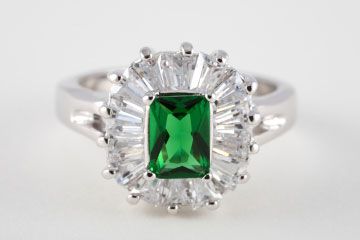Walk into any home of a certain age (or with residents of a certain age), and it's pretty much guaranteed that somewhere -- most likely in a dank basement or attic -- you'll find a moldering crate of old home movies. When you stumble across a treasure trove like this, your first instinct might be to watch them right away -- or have them converted immediately into DVDs. But curb that instinct for just a second: There are a few steps you need to follow before you take any kind of leap with old home movies. We'll walk you through them in this article so you can make sure all your precious memories of Great Aunt Ida are perfectly preserved.
Advertisement



